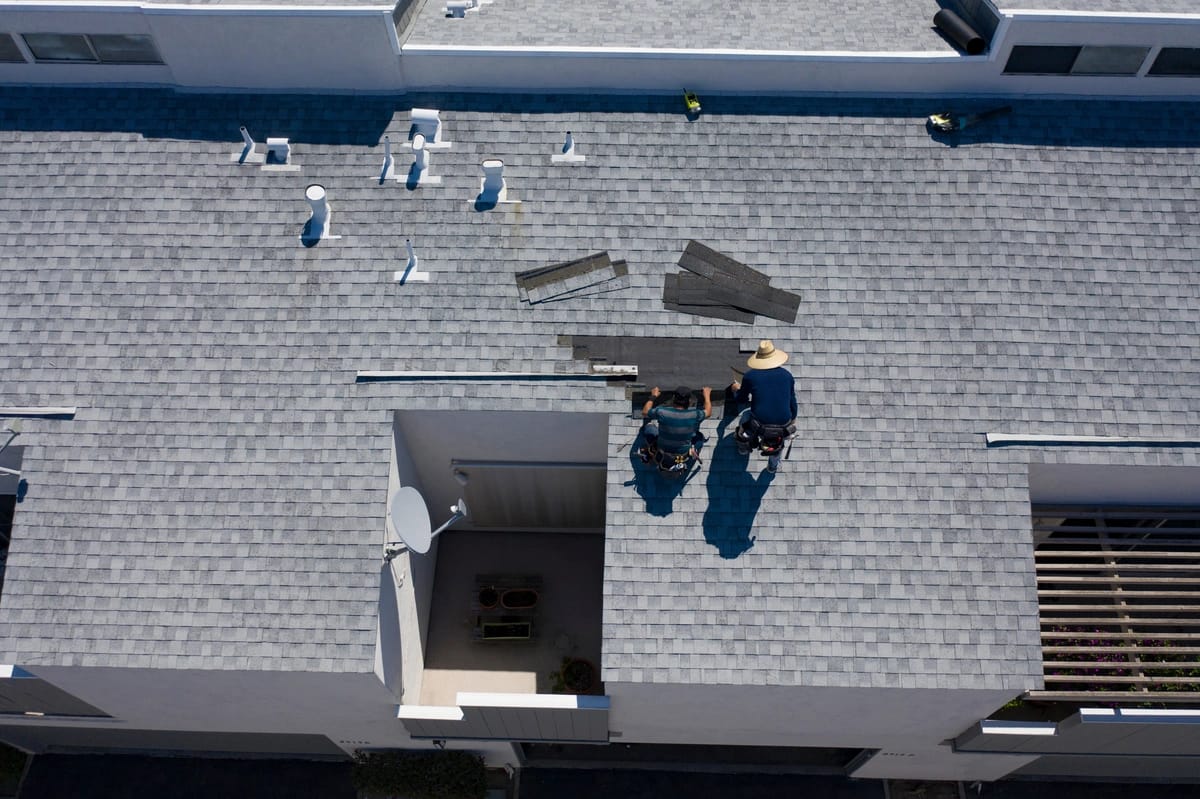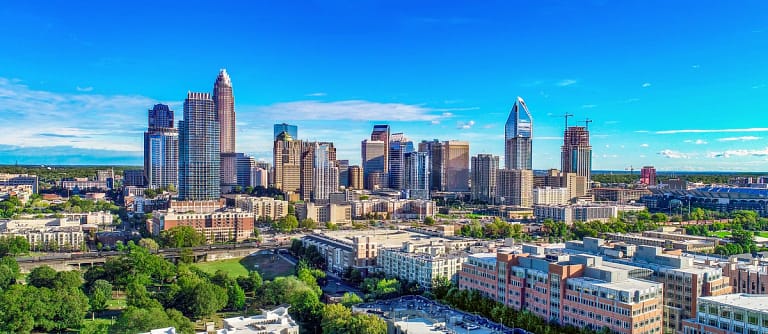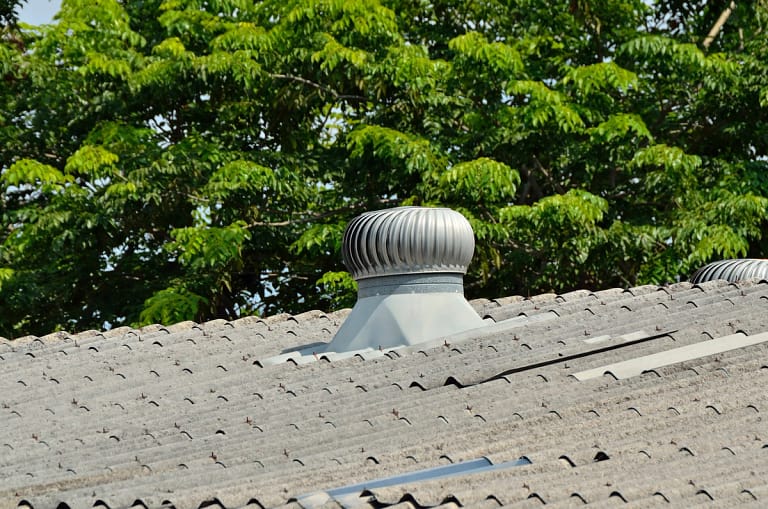Commercial roofs are subjected to a lot of wear and tear over time, facing everything from harsh weather conditions to regular foot traffic. As a commercial property owner, staying on top of roof maintenance and repairs is essential to ensure the longevity and integrity of your building. In this guide, we’ll explore six typical commercial roof repairs that every property owner should know about. From leaks to membrane damage, we’ve got you covered with expert tips and insights to keep your commercial roof in top condition. Let’s dive in and tackle those roof repairs like a pro!
6 Common Commercial Roof Repairs
Inside this blog:
- 6 of the most common commercial roof problems that require repairs
- How to prevent each type of roof damage from occurring again
Keep reading to learn about the 6 typical commercial roof repairs so you can ensure your roof stays in top-notch condition for years to come!
💧 1. Leaks and Water Damage
One of the most common issues commercial property owners face is leaks and water damage. These can occur due to various factors, including aging roofing materials, poor installation, or severe weather events. Here’s what you need to know about addressing leaks and water damage:
Identifying Leaks
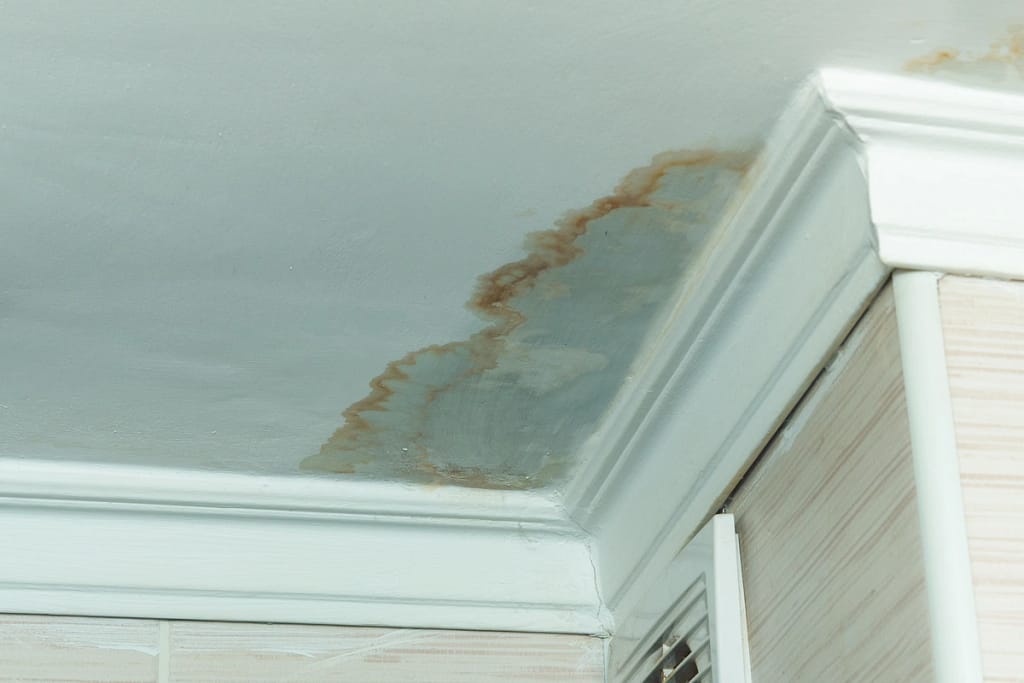
Look for signs of water stains on the ceiling, damp spots on walls, or pooling water on the roof surface. Additionally, check for musty odors or mold growth, as these can indicate hidden leaks.
Repairing Leaks
Seal any visible cracks or gaps in the roofing membrane and replace damaged flashing or sealants. It’s also essential to address any underlying issues, such as deteriorated decking or insulation, to prevent future leaks.
Preventing Future Damage
Schedule regular roof inspections and maintenance to catch potential issues early and prevent water damage from occurring. Consider implementing preventative measures such as installing gutter guards and trimming overhanging tree branches to reduce debris buildup and minimize the risk of clogged drains.
✂️ 2. Membrane Damage and Tears
The membrane is a crucial component of commercial roofing systems, providing a waterproof barrier that protects the building from moisture intrusion. Damage to the membrane can compromise its effectiveness and lead to leaks. Here’s how to address membrane damage and tears:
- Inspecting the Membrane: Look for signs of tears, punctures, or blistering on the roof membrane.
- Repairing Membrane Damage: Patch any tears or punctures with a compatible roofing patching material and ensure proper adhesion.
- Maintaining the Membrane: Keep the roof surface clean and free of debris to prevent damage to the membrane, and schedule regular inspections to catch issues early.
🌊 3. Ponding Water and Drainage Issues

Ponding water occurs when water accumulates on the roof surface and fails to drain properly. This can lead to structural damage and leaks if left unaddressed. Here’s how to tackle ponding water and drainage issues:
Identifying Ponding Water
Look for areas where water accumulates on the roof surface, especially after rainfall. Pay attention to low spots or areas where the roof may have settled over time, as these are prone to ponding water.
Improving Drainage
Clear debris from roof drains and gutters, and ensure that downspouts are clear and properly connected. Regular maintenance of drainage systems is essential to prevent backups and ensure water flows freely away from the roof.
Installing Tapered Insulation
Consider installing tapered insulation to create slope and improve water drainage on flat roofs. Tapered insulation systems are designed to provide consistent slope across the roof surface, directing water towards drains and preventing ponding water issues.
🏚️ 4. Flashing Damage and Deterioration
Flashing is used to seal joints and transitions on the roof, such as around vents, chimneys, and skylights. Damage or deterioration of flashing can lead to leaks and water intrusion. Here’s how to address flashing damage:
- Inspecting Flashing: Check for signs of rust, corrosion, or damage to flashing around roof penetrations.
- Repairing Flashing: Replace damaged flashing and seal any gaps or cracks with compatible sealants or flashing tape.
- Maintaining Flashing: Schedule regular inspections and maintenance to ensure that flashing remains intact and functional.
🎨 5. Roof Coating Degradation and Wear
Roof coatings are applied to commercial roofs to provide additional protection against the elements, including UV radiation and water damage. Over time, roof coatings can degrade and wear, compromising their effectiveness. Here’s how to address roof coating degradation:
- Inspecting Roof Coatings: Look for signs of cracking, peeling, or bubbling in the roof coating.
- Repairing Roof Coatings: Clean the roof surface and reapply a new layer of roof coating to restore protection and extend the lifespan of the roof.
- Choosing the Right Coating: Select a high-quality roof coating that is compatible with your existing roofing system and offers long-lasting protection.
🛠️ 6. HVAC and Equipment Penetrations
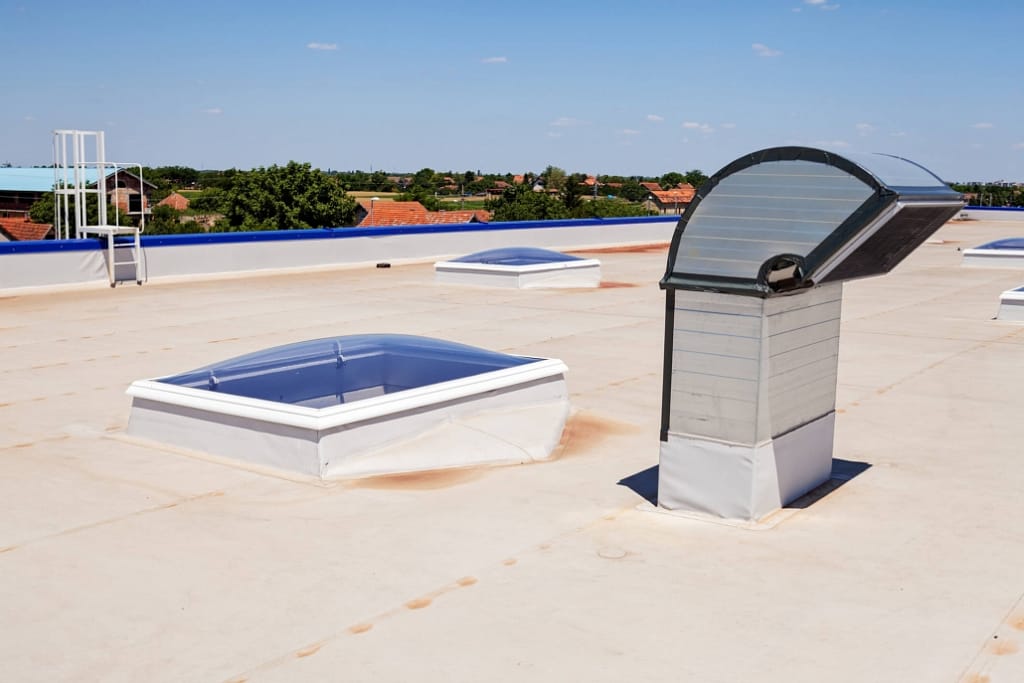
HVAC units, vents, and other equipment penetrations on the roof can create potential entry points for water and pests if not properly sealed. Here’s how to address issues with HVAC and equipment penetrations:
Inspecting Penetrations
Check for gaps or cracks around HVAC units and other equipment penetrations on the roof. Pay attention to areas where the flashing meets the roof surface, as these are common locations for leaks to develop.
Sealing Penetrations
Use roofing sealants or flashing tape to seal any gaps or openings around penetrations and ensure proper waterproofing. Be thorough in your application to create a watertight seal that will withstand the elements.
Preventing Damage
Schedule regular maintenance for HVAC units and other equipment to prevent leaks and damage to the roof system. This includes cleaning debris from around units, checking for signs of wear or corrosion, and addressing any issues promptly to avoid costly repairs down the line.
Keep Your Commercial Roof in Top Shape
Maintaining a commercial roof requires proactive attention to potential issues and timely repairs when needed. By staying vigilant and addressing common commercial roof repairs promptly, you can extend the lifespan of your roof and protect your investment in your property. Whether it’s addressing leaks, repairing membrane damage, or improving drainage, tackling these typical roof repairs will help keep your commercial building safe, secure, and watertight for years to come.
Reach out to our expert roofers at Premiere Roofing & Gutters today and we’ll ensure you have a roof that’s resilient and beautiful for years to come. We can’t wait to answer your questions and hear about your vision for your next roofing project!
